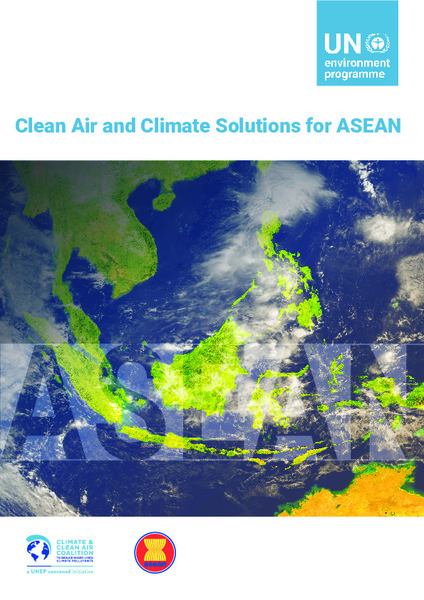Clean Air and Climate Solutions for ASEAN

Date
2025-03Author
United Nations Environment Programme
Citation Tool
Bibliographic Managers
RT Generic T1 Clean Air and Climate Solutions for ASEAN A1 United Nations Environment Programme YR 2025-03 LK https://wedocs.unep.org/20.500.11822/47268 PB AB TY - GEN T1 - Clean Air and Climate Solutions for ASEAN AU - United Nations Environment Programme Y1 - 2025-03 UR - https://wedocs.unep.org/20.500.11822/47268 PB - AB - @misc{20.500.11822_47268 author = {United Nations Environment Programme}, title = {Clean Air and Climate Solutions for ASEAN}, year = {2025-03}, abstract = {}, url = {https://wedocs.unep.org/20.500.11822/47268} } @misc{20.500.11822_47268 author = {United Nations Environment Programme}, title = {Clean Air and Climate Solutions for ASEAN}, year = {2025-03}, abstract = {}, url = {https://wedocs.unep.org/20.500.11822/47268} } TY - GEN T1 - Clean Air and Climate Solutions for ASEAN AU - United Nations Environment Programme UR - https://wedocs.unep.org/20.500.11822/47268 PB - AB -View/Open
Item Statistics
Display item statisticsMetadata
Show full item recordDescription
Air pollution is a critical environmental challenge in Southeast Asia, affecting millions of lives. This report outlines a strategic approach to improving air quality while also combatting climate change in the ASEAN region. The Clean Air Solutions for ASEAN report identifies 15 priority measures that could more than triple the number of people breathing clean air by 2030 and reduce PM2.5 levels by 50–70%. These solutions also provide significant climate benefits, cutting emissions of black carbon (-70%), methane (-39%), and HFCs (-75%), alongside a 25% reduction in CO₂ emissions by 2030. Importantly, nearly 40% of the air pollution reduction potential can be achieved by strengthening enforcement of existing policies, highlighting the need for better implementation rather than entirely new regulations. This report is a roadmap and call to action for ASEAN nations, urging policymakers, businesses, and communities to adopt science-based solutions for a healthier, more sustainable future.
Collections
Document Viewer
To read more, scroll down below.

